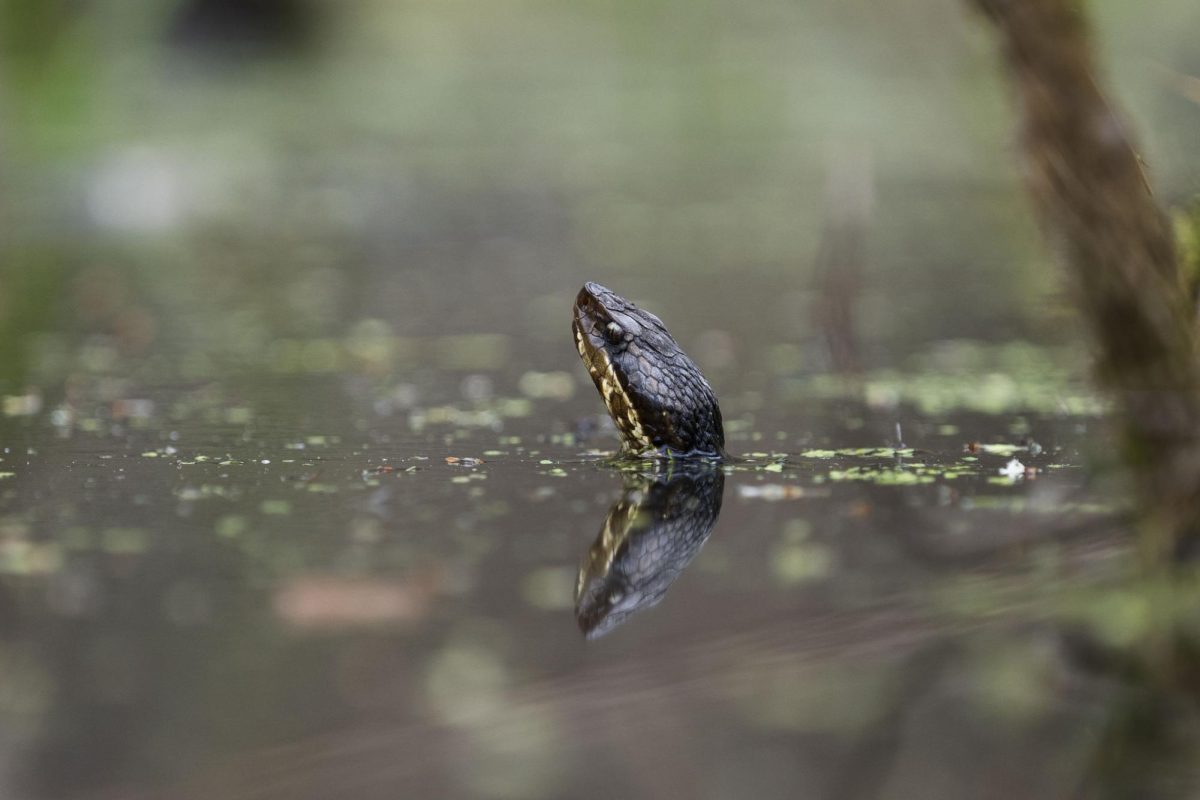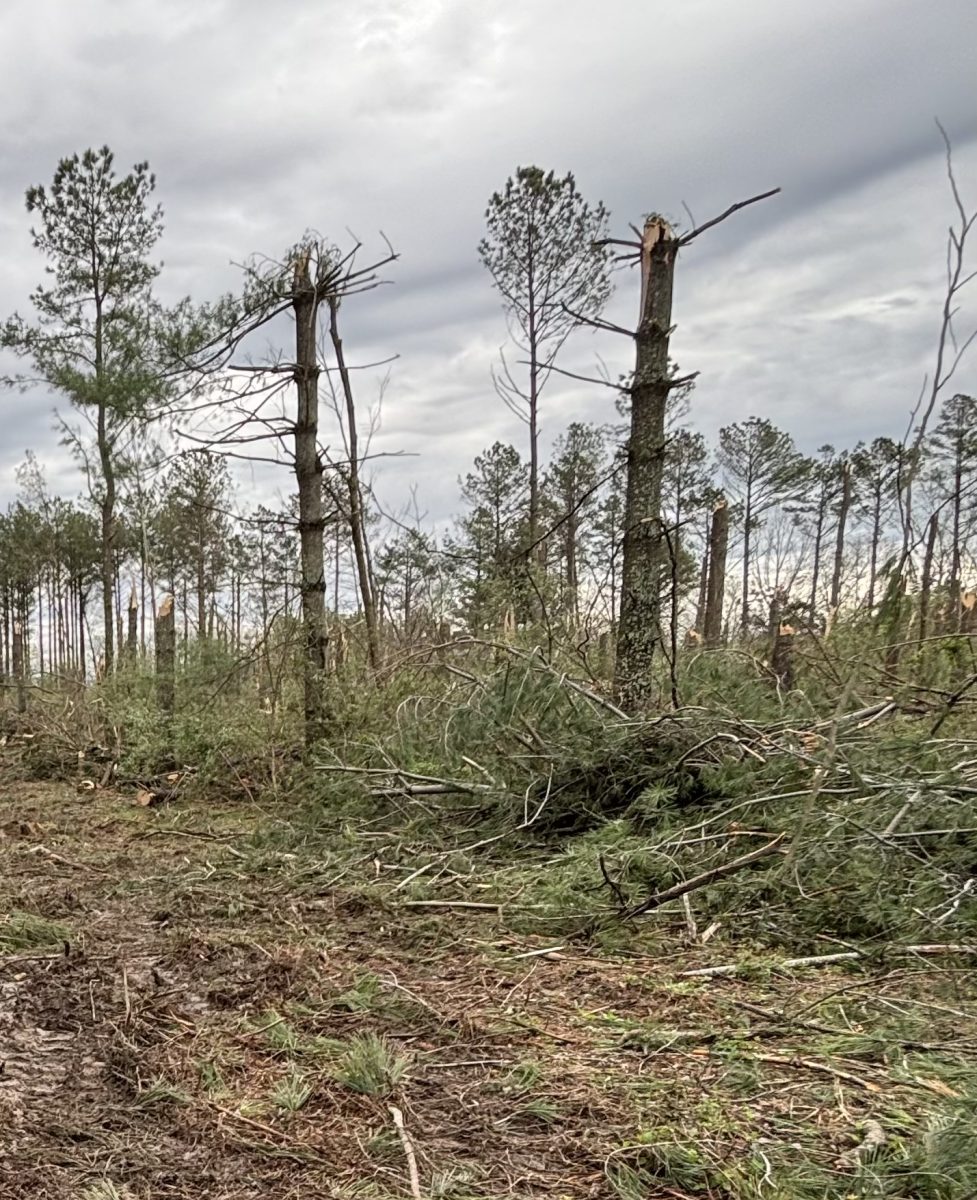Alaskan environmentalist treks into Carbondale
February 18, 1998
Asking for financial support while proclaiming himself an environmental evangelist, Lenny Kohm passed around collection boxes to a supportive audience in Lawson Hall Monday night.
The crowd of more than 150 placed cash and coins into the box tops that covered Kohm’s slide projectors. The crowd did not mind giving their green to preserve the green of Mother Nature.
Kohm is a believer in the power of individual persuasion, and has created a nation-wide campaign against proposed oil development in northeast Alaska.
Advertisement
Kohm will use the money he collected Monday for basic needs such as gasoline and room and board as he spreads his message across the United States.
His self-financed campaign, titled The Last Great Wilderness takes a cold, hard look at potential governmental threats toward the Artic National Wildlife Refuge and the timeless, traditional lives of its original Native American people.
To portray his experiences in Alaska, Kohm presented an extensive slide show. The projected images revealed a beautiful but disturbing picture of the Arctic tundra and its diversified wildlife of vegetation and animal life.
Located east of Alaska’s 600-square-mile, oil-rich Prudhoe Bay region, the 19.5-million-acre refuge supports a delicate ecosystem that could be compromised by the presence of the oil industry
The industry believes oil lies underneath the Artic Refuge’s coastal plain and urges Congress to allow them to drill there.
The repercussion to drilling in the Arctic Refuge is the eradication of the predatory ways of life of the Gwich’in people of northern Alaska and Canada, Kohm said.
The Gwich’in are an aboriginal people who rely heavily on the land to sustain their culture and values. The Gwich’in people are scattered around the Yukon Territory and Alaska.
Advertisement*
“People ask me why they should care because it’s in Alaska. Well, it’s public land. It’s their land,” Kohm passionately explained to an applauding audience.
Kohm asked the audience to consider the cultural significance of the Gwich’in in supporting his cause.
He also asked the audience to support a House and Senate bill that would grant wilderness protection to the coastal plain of the Artic Region.
Leading the agenda of Kohm’s environmental concerns is the mystic migration patters of the Porcupine Caribou herd.
The caribou herd ranges extensively in Alaska and the Yukon Territory of northwest Canada. The caribou travel together in a herd of 165,000 members.
During the caribou’s calving period they migrate exclusively to the coast of the Artic Refuge where natural predators are scarce.
More significantly the herd sustains 7,000 aboriginal people in the area. For more than 20,000 years the Gwich’in have lived off the land using the caribou as a source of food and a spiritual connection to their ancestors.
This is Kohm’s second national tour, and the second time he has brought a Gwich’in Indian along to explain first-hand the industrial threat to the Porcupine caribou herd.
Joe Tetlichi, chairman of the Porcupine Caribou Herd Management Committee in Canada, lives in the village of Old Crow in the northern area of the Yukon Territory.
As a Gwich’in, Tetlichi pleaded with the audience to support legislation that would protect the Arctic Refuge.
Our people have depended on caribou for a long time, Tetlichi said. I am here with a message for my people and it’s a sad message.
Tetlichi believes the Gwich’in will be the only group affected by industrialization of the Arctic coast, and said his people are frightened.
When people cut down their last tree, catch their last fish, hunt their last animal, Tetlichi said, they will find out they can’t eat their money.
Advertisement








